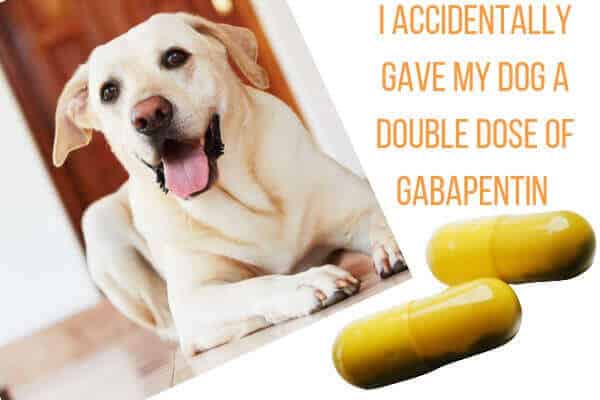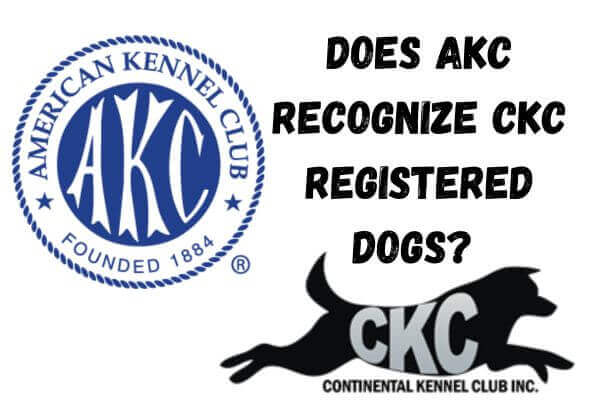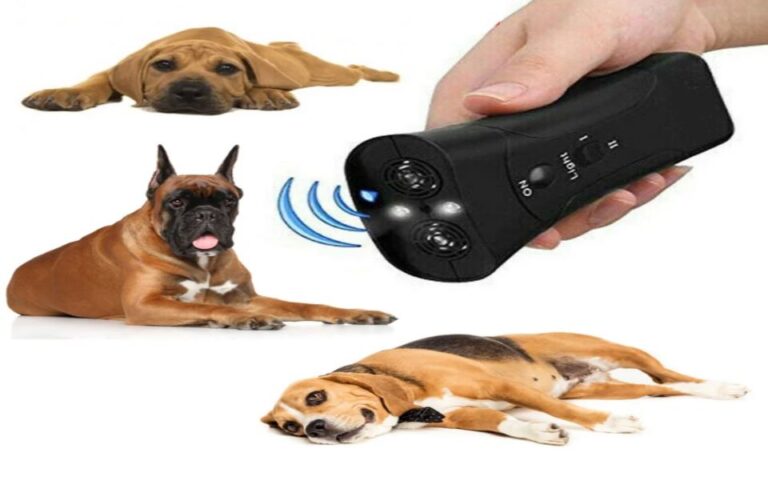Can Gabapentin Kill a Dog? The Perils of a Double Dose of Gabapentin in Dogs

Gabapentin, a medication primarily used to manage pain in dogs, especially chronic pain associated with neuropathy or cancer, has been a subject of concern for many pet owners. The question that often arises is: “Can Gabapentin kill a dog?” This article aims to provide a comprehensive understanding of the potential risks associated with Gabapentin, focusing particularly on the repercussions of a double dose and the critical signs of overdose to watch out for.
Jump to Section
What Happens If My Dog Had A Double Dose Of Gabapentin? Can Gabapentin Kill A Dog?
No, gabapentin cannot kill a dog. In any case of a gabapentin overdose, the common side effects of this drug such as ataxia (wobbly or unbalanced gait) and sedation may become more pronounced.
As a general rule, the higher the dose, the more severe these symptoms will be. Other side effects which are less common include vomiting, diarrhea, drooling, proptosis, and edema.
Even though these symptoms will resolve spontaneously after 24 hours, do not fail to intimate your vet of the issue.
Some dog owners have reported the deaths of their dogs from gabapentin, but this is often due to xylitol poisoning, resulting from the intake of the commercially available liquid solutions of gabapentin. Hence, only gabapentin capsules and tablets are safe for your pooch.
If you prefer a liquid solution for your pooch, a compounding pharmacy can help you achieve that.
It is important to also note there is a possibility of gabapentin drug interactions with other medications like antacids, morphine, and hydrocodone. Hence, they should be taken with caution. For instance, after taking antacids, it is advised to wait for up to 2 hours before taking gabapentin.
The Perils of a Double Dose of Gabapentin in Dogs
Accidentally giving your dog a double dose of Gabapentin can be alarming. While Gabapentin is known for its safety and fewer side effects, it’s imperative to understand that like any medication, exceeding the recommended dosage can lead to complications. An overdose can overwhelm your pet’s system, leading to severe and potentially life-threatening conditions.
Signs of Gabapentin Overdose in Dogs
Recognizing the signs of a Gabapentin overdose is crucial for the timely intervention and the well-being of your pet. Symptoms of overdose may include:
- Lethargy or sedation: Excessive drowsiness is a common sign of overdose.
- Ataxia (Loss of coordination): Your dog may appear unsteady or clumsy.
- Depression: Noticeable change in mood or behavior.
- Vomiting: An immediate physical reaction to the overdose.
- Diarrhea: Gastrointestinal distress is a common sign of many overdoses.
- Seizures: In severe cases, an overdose may induce seizures.
Preventative Measures to Avoid Gabapentin Overdose in Dogs
Every drug can be both poisonous and therapeutic. However, to safely extract the therapeutic benefits of gabapentin while leaving out the potential side effects, there are certain precautions to abide by.
- Always give the correct dosage and dosage regimen as prescribed by your veterinarian.
- When your dog skips a dose, do not try to make up for the deficit by giving them a double dose in the next schedule. If the next schedule is close, skip the missed dose but if the next schedule is far off, you can give them the normal dose.
- Should I Skip The Next Dose After An Overdose? After an overdose of gabapentin, you may need to delay the next dose to ensure to the already administered drug is completely metabolized. Talk to your vet to determine when and whether or not to carry on with the dosage regimen. This will often depend on your dog’s recovery.
- Dog owners should do well to avoid commercially available liquid solutions of gabapentin as it is often sweetened with xylitol which is harmful to dogs.
- Be aware that dogs with kidney or liver diseases have a slower metabolism. In this case, always ensure you inform your vet to prescribe a lower dosage so that they can be more easily metabolized and eliminated.
- It’s crucial to inform your veterinarian of any other medications or supplements your dog is receiving before administering gabapentin. This is due to the potential interactions gabapentin may have with substances such as hydrocodone, morphine, and antacids.
- Do not discontinue gabapentin suddenly as this may result in withdrawal symptoms like “wind up” pain or seizures, rather, gradually taper the dosage under the supervision of a veterinarian.
- Store gabapentin out of reach of pets to avoid cases of accidental ingestion.
- Stop the use of gabapentin if you notice any sign of allergy in your dog or if your dog has a history of adverse reactions to it.
- Seek immediate veterinary attention in case of overdose or accident ingestion of a large amount of gabapentin.
Immediate Steps if You Suspect an Overdose
If you suspect your dog has ingested a double dose of Gabapentin or is showing signs of an overdose, it’s crucial to act swiftly.
Fire and foremost, observe your dog for any unusual symptoms. You may notice your dog is wobbly or sleepy and in that case, you should make sure you keep him away from heights or any delicate object nearby he may fall on.
Next, contact a vet so you can be guided toward making an informed decision. The vet will advise you based on the severity of the drug overdose which is usually evident in your dog’s symptoms.
NOTE: Do not use any home remedies like giving your dog activated charcoal or inducing vomit without consulting your vet. Besides, that may not be necessary as gabapentin is not known to cause serious complications in dogs. Plus, it does not lead to any chronic canine health problems since it is a short-acting drug.
Generally, IV fluids are administered to dogs in the majority of cases relating to a drug overdose but a double dose of gabapentin is likely not going to warrant that, however, it is up to your vet to make that decision.
Gabapentin Administration, Safety and Metabolism in Dogs
Gabapentin is an orally administered drug that comes in capsules or tablets or liquid form, but the liquid form is safe for humans and not dogs. This is because it contains xylitol, an additive that is toxic and potentially fatal to dogs. Dogs can take gabapentin on an empty or full stomach.
The gabapentin capsules and tablets that are commercially sold are usually in 100mg, 300mg, and 400mg dosages, which is more suited for humans.
If your dog is too small such that taking pills can be a choking hazard, you can split the pills or talk to your pharmacist to help formulate a liquid solution of gabapentin for your little friend.
Gabapentin is a fast-acting drug. It essentially takes only 2 hours for the drug to be fully absorbed and attain maximum plasma concentration.
Also, gabapentin has a very short half-life and typically takes only 24 hours for the drug to be completely metabolized and stop working.
In canines with renal or hepatic issues, the effect of this drug could last for an extended period. This is because the liver is the major organ involved in drug metabolism and the kidney functions to excrete bye products of metabolism.
Veterinarians prescribe gabapentin for dogs primarily to manage chronic pain, especially neuropathic pain, and to control seizures. It’s often used in conjunction with other medications to enhance pain relief.
1. Gabapentin For Pain Relief in Dogs
The first line of drugs for the treatment of pain in dogs are NSAIDs but gabapentin is often prescribed as an adjuvant medication in combination with other pain relief drugs like opioids and of course, NSAIDs.
When gabapentin is combined with NSAIDs or opioids, it creates a synergistic effect, lowering the effective dose and reducing the risk of serious side effects associated with the chronic use of these drugs.
Gabapentin is effective in the treatment of neuropathic pain (one caused by damaged nerves) in dogs. Chronic pain often associated with degenerative disc diseases, pinched nerves, arthritis, and surgery can be managed by gabapentin alongside anti-inflammatory medications.
2. Gabapentin As An Anti-seizure Medication in Dogs
Gabapentin was initially discovered as an anticonvulsant medication used to relax muscles, suppress spasms and treat epilepsy. However, it is now used as an adjuvant to enhance the effects of other anticonvulsants.
The mechanism of action that allows gabapentin to exert inhibitory effects to treat seizures is not clear but it is possible that the calcium channel blockage is responsible for the suppression of epileptic hyperexcitability.
3. Gabapentin For Anxiety Management in Dogs
Anxiety is a big issue in the life pet industry and it results from different factors such as separation, rehoming, lack of physical and mental stimulation, and a loud noise like fireworks.
There are myriads of prescription and nonprescription medications for the treatment of canine anxiety. Gabapentin is one of the many over-the-counter medications prescribed by vets to treat dog anxiety.
Anxiety makes your dog restless and causes aggression, pacing, and compulsive behavior. In this case, instead of completely sedating your dog, you calm his anxious nerves by giving him gabapentin.
Wrap Up
While Gabapentin is a relatively safe medication when used as prescribed, the risk of overdose cannot be ignored. Understanding the signs of an overdose and knowing how to react can be life-saving for your pet. Always follow your veterinarian’s guidance and take preventive measures to ensure your pet’s safety. Remember, your vigilance and awareness are paramount in protecting the well-being of your furry friend.
Read related posts about





